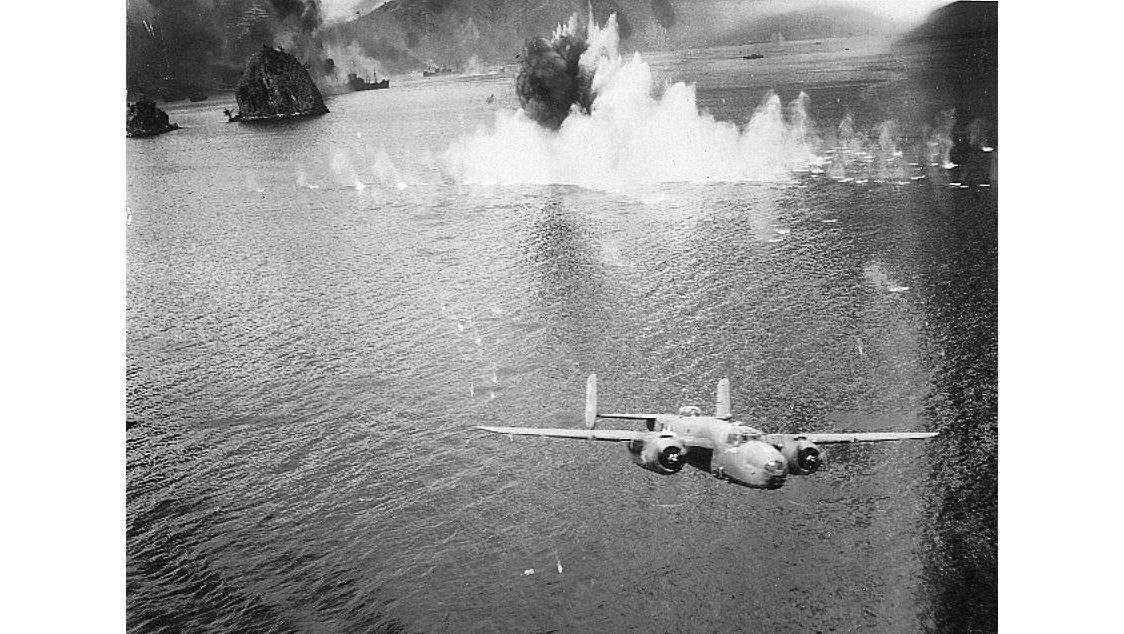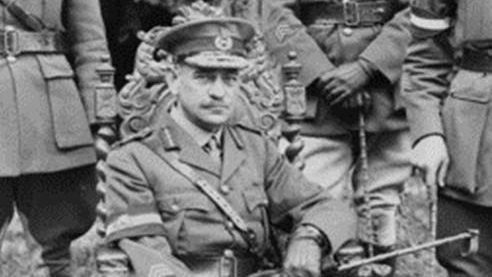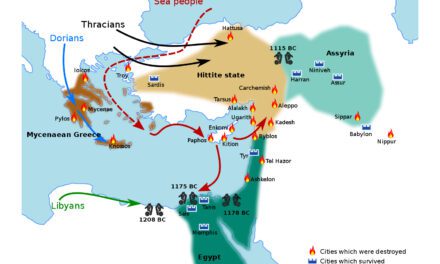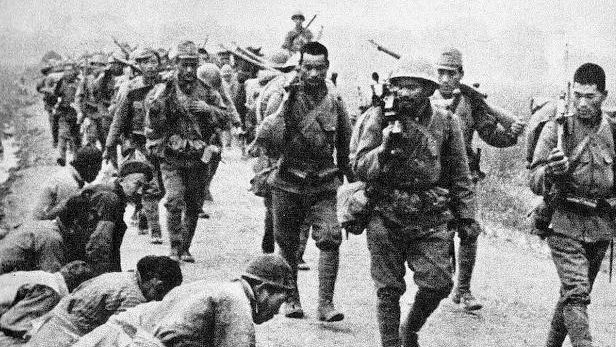History Guild General History Quiz 94
See how your history knowledge stacks up!
Want to know more about any of the questions? Once you’ve finished the quiz click here to learn more.
Have an idea for a question? Suggest it here and we’ll include it in a future quiz!
The stories behind the questions
1. Who were the Sea Peoples?
Groups of aggressive seafarers who invaded the Middle East and Egypt around the end of the Bronze Age – They invaded eastern Anatolia, Syria, Palestine, Cyprus, and Egypt toward the end of the Bronze Age, especially in the 13th century BCE. They are held responsible for the destruction of old powers such as the Hittite empire. The origins of the Sea Peoples is undocumented and subject to speculation amongst historians.
2. What aircraft is this?

B-25 Mitchell – an American medium bomber that was introduced in 1941 and named in honour of Major General William “Billy” Mitchell, a pioneer of U.S. military aviation and the first person to sink a battleship with an aircraft. This aircraft is attacking Japanese ships near New Guinea during WW2.
3. Which explorer sailed through the strait that separates Australia and Papua New Guinea in 1606?
Luis Vaez de Torres – Part of a three ship expedition sailing from Spanish Peru to Manila via Vanuatu. Torres sailed along the southern coast of New Guinea before taking a route close to the New Guinea coast to navigate the 150-kilometre (93 mi) strait that now bears his name.
4. In 1348 where was the world’s first institutionalized system of quarantine established?
Venice – Venice established the first formal system of quarantine, requiring ships to lay at anchor for 40 days before landing. “Quarantine” is derived from the Latin word for forty. This comes in the midst of the Black Death, a plague epidemic that eventually takes the lives of approximately 25 million people across Europe.
5. Paul Strzlecki is well known for his extensive mapping of Australia. What was his other notable achievement?
Saving over 200,000 lives during the Irish Famine – Learn more about the incredible life of Paul Strzelecki.
6. When was whaling banned in Australia?
1979 – Whaling in Australian waters began in 1791 when 5 ships left Port Jackson to engage in whaling and seal hunting. Whaling was a significant industry in Australia until the 1970’s. A government inquiry into the industry in the late 1970’s resulted in a ban on whaling in Australia and a commitment to whale protection.
7. What is the name of the javelin used by Roman heavy infantry?
Pilum – It had a thin iron shank around 60cm long with a pyramidal head, attached to a wooden shaft. The shank may have been designed to bend after impact and so render the weapon useless to the enemy. The Pilum was often thrown en-masse to break up an enemy formation prior to engaging them with the Gladius, or short thrusting sword, the primary weapon of the Roman soldier.
Read more about how the Roman tactics allowed them to dominate the Mediterranean.
8. What was the sister ship of the RMS Titanic?
RMS Olympic and RMS Britannic – The Olympic-class ocean liners were a trio of British ocean liners built by the Harland & Wolff shipyard for the White Star Line during the early 20th century. They were Olympic (1911), Titanic (1912) and Britannic (1915). All three were designed to be the largest and most luxurious passenger ships at that time, designed to give White Star an advantage in the transatlantic passenger trade. Britannic was lost during World War I after hitting a mine in the Aegean Sea. Olympic had a career spanning 24 years and was retired and sold for scrap in 1935.
9. A member of which expedition said “I am just going outside and may be some time”?
Scott’s expedition to the South Pole – Captain Lawrence Edward “Titus” Oates was a member of Scott’s expedition to the South Pole. He said these words on his 32nd birthday, before he walked from his tent into a blizzard, to his death. This was seen as an act of self-sacrifice when, aware that the gangrene and frostbite from which he was suffering was compromising his three companions’ chances of survival, he chose certain death for himself in order to relieve them of the burden of caring for him.
10. In which year did Finland become independent?
1917 – Previously a Grand Duchy of the Russian Empire, the declaration of independence lead to the Finnish Civil War in 1918, fought for the leadership and control of the country between White Finland and the Finnish Socialist Workers’ Republic. The Civil War was a catastrophe for Finland, around 36,000 people, which was 1.2 percent of the population, perished. The Whites under Carl Gustaf Emil Mannerheim prevailed.





